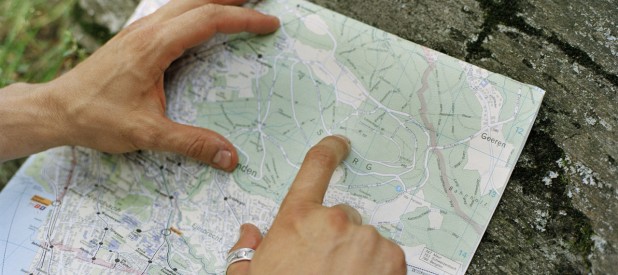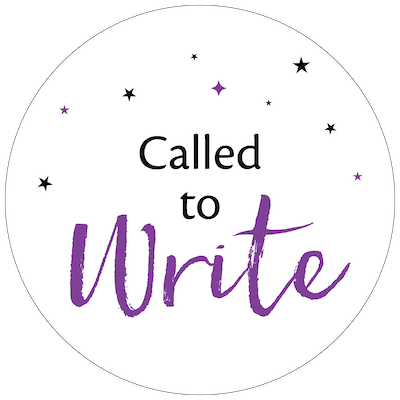 In the third and final session of my interview series with Enneagram and story development expert Jeff Lyons (recordings no longer available), we talked about “Bridging the Gap from Motivation to Structure With the Enneagram.” Today’s post is a recap of what we discussed.
In the third and final session of my interview series with Enneagram and story development expert Jeff Lyons (recordings no longer available), we talked about “Bridging the Gap from Motivation to Structure With the Enneagram.” Today’s post is a recap of what we discussed.
His process for “bridging the gap” from premise line to character to story is quite fascinating, and he illustrated it using a breakdown of The Great Gatsby according to the Enneagram.
Bridging the gap
Here’s an overview of the process:
- Step 1. Write out your premise line and log line.
(See the last post for more on premise line development.)
- Step 2. Define the moral problem that best illustrates the story’s premise line.
(In Gatsby, Nick focuses on trying to fit in and be liked, he isn’t being his truest self, which is a form of lying.) - Step 3. Look for the Enneagram type that best represents the motivations (not behaviors) of someone with that moral shortfall.
(Nick most aligns with the Enneagram type 9.) - Step 4. Study the integration and disintegration points for that type to identify what the character is capable of and what they’re greatest opponent might be.
(Points 3 and 6, respectively.) - Step 5. Explore the entertaining moral argument possibilities between those two types.
(Can you succeed and achieve without giving up your soul?) - Step 6. Brainstorm about the communication styles, “pinches”, and blind spots of each of those two types.
(Nick has various challenges that Gatsby can poke at and wreak havoc with.) - Step 7. Map your story using these Enneagram components and correlate them with the visible structure components we discussed last time.
(This includes the protagonist, moral problem, chain of desire, focal relationship, opposition, plot & momentum (midpoint complication, low point, and final conflict), and evolution/de-evolution and is the more complex step where the story is broken down into a greater level of detail).
![]()
Your turn
Have you considered using the Enneagram in your story development? Will you consider using it in the future? We’d love to hear your thoughts in the comments.
Warmly,

You may also be interested in:
- The Power of the Enneagram
- Using the Enneagram for Story Development
- Constructing a powerful premise line as a framework for story structure




I wanted to thank you and Jeff for sharing this great information on the Enneagram. I learned a great deal. I have been a student of the enneagram for a long time and I also know a lot about different story structure systems, so this really helped me to have some “aha” moments. You couldn’t have chosen a more perfect book to dissect – “The Great Gatsby” is my all time favorite and I have read it at least 5 times and seen most of the movie versions as well. I got a lot out the breakdown, and I will certainly use it to help me plan out my own stories. The thing that helped me to identify my style in the easiest way was actually an article by the woman who created the literary enneagram – as soon as I saw the story genres broken down by type, I knew without a doubt that I am a type 4. I read several books on the enneagram before this and sometimes it can be confusing to identify your type based on the information provided, but being a storyteller, the literary enneagram nailed it and everything made sense within that context. I ordered the book and can’t wait to dig in. Thanks again for offering this wonderful session!
You’re so welcome, Cindy! I agree, it can be difficult to nail your type. I’d love to see the article you mentioned, it sounds great. I’ll do a little searching around and see if I can put my finger on it. Thanks for posting!
Hi Jenna, here is the article on Story Genre + Enneagrams (I should have posted it when I mentioned it in case people were interested – sorry):
http://www.judithsearle.com/articles/story-genres.html
Thank you again for running this series.